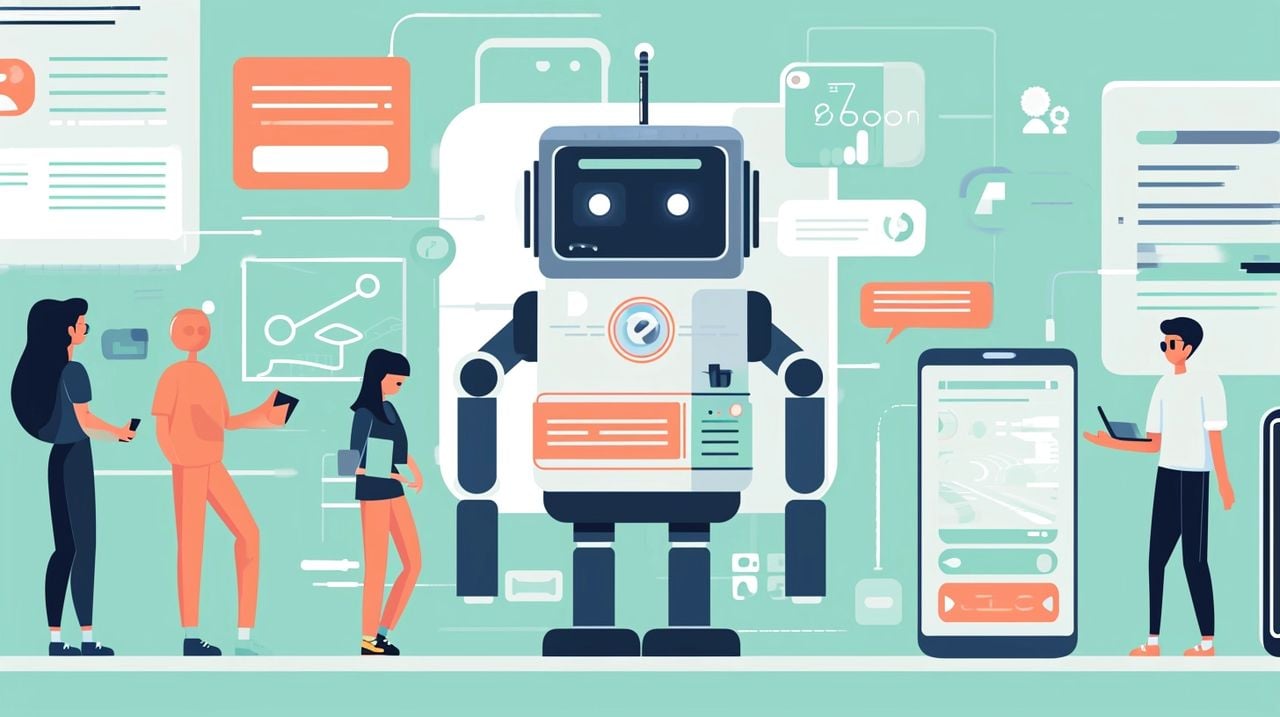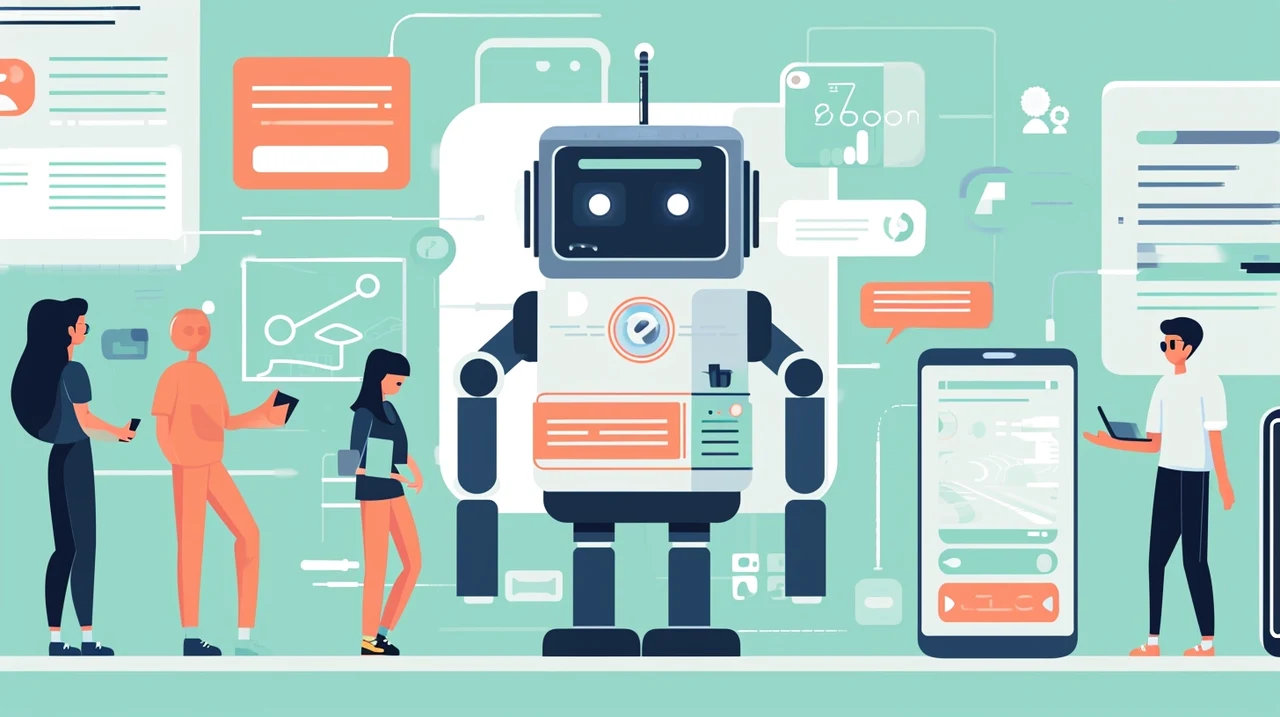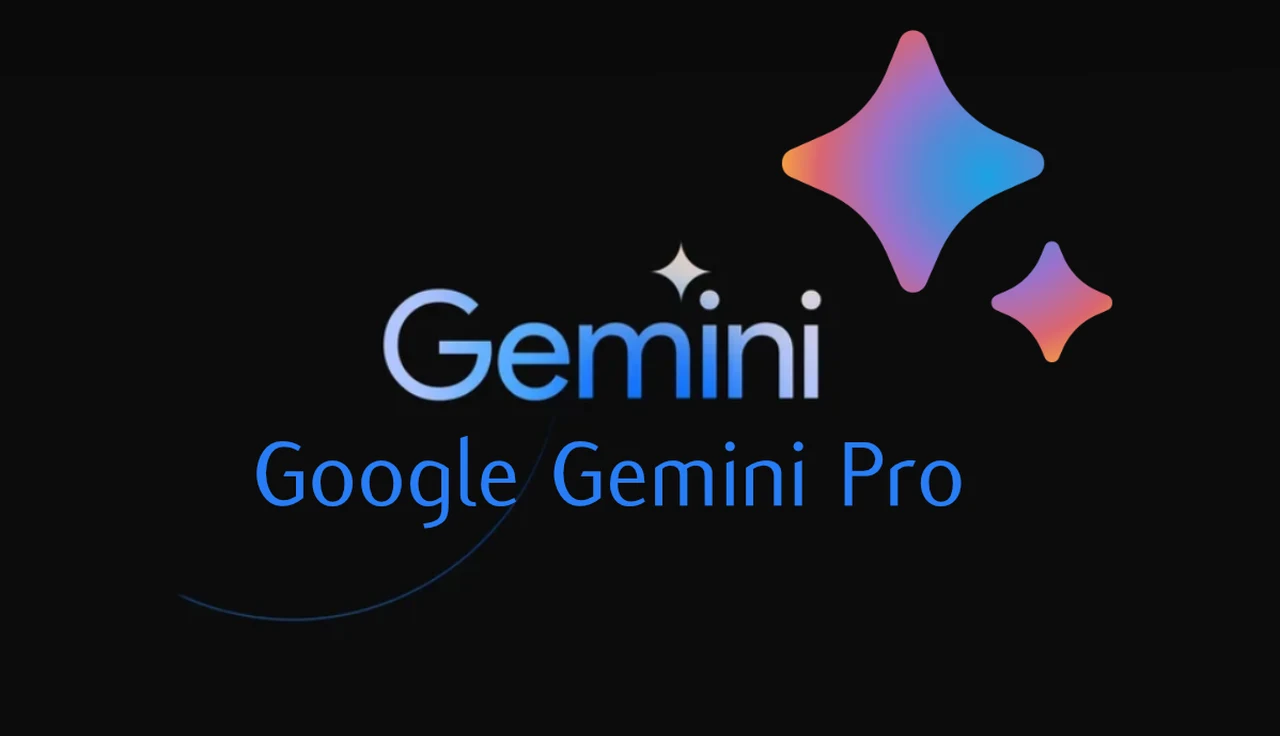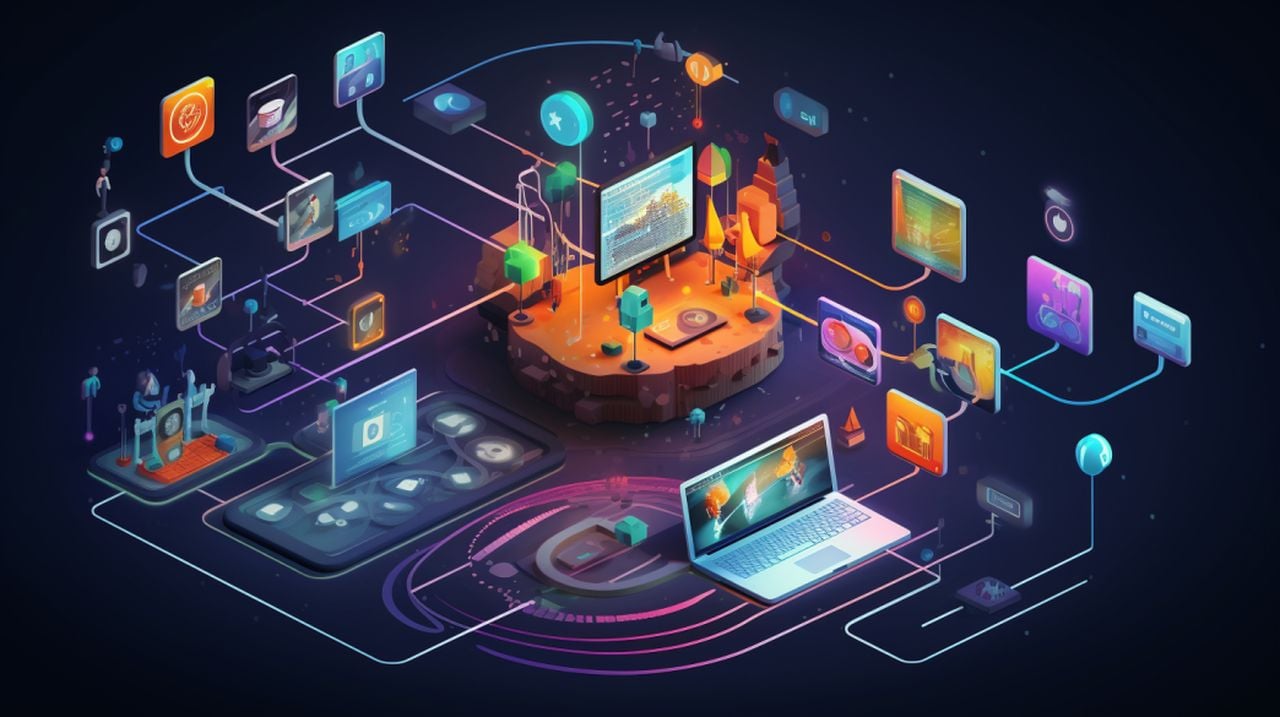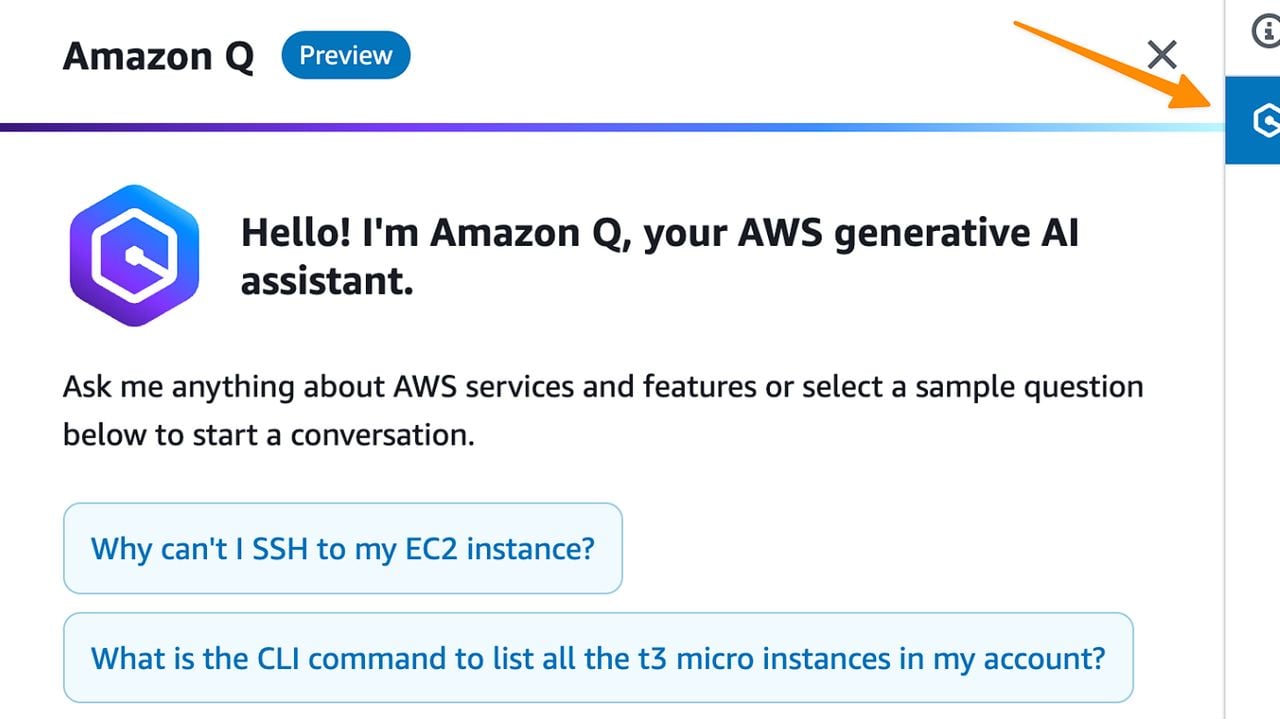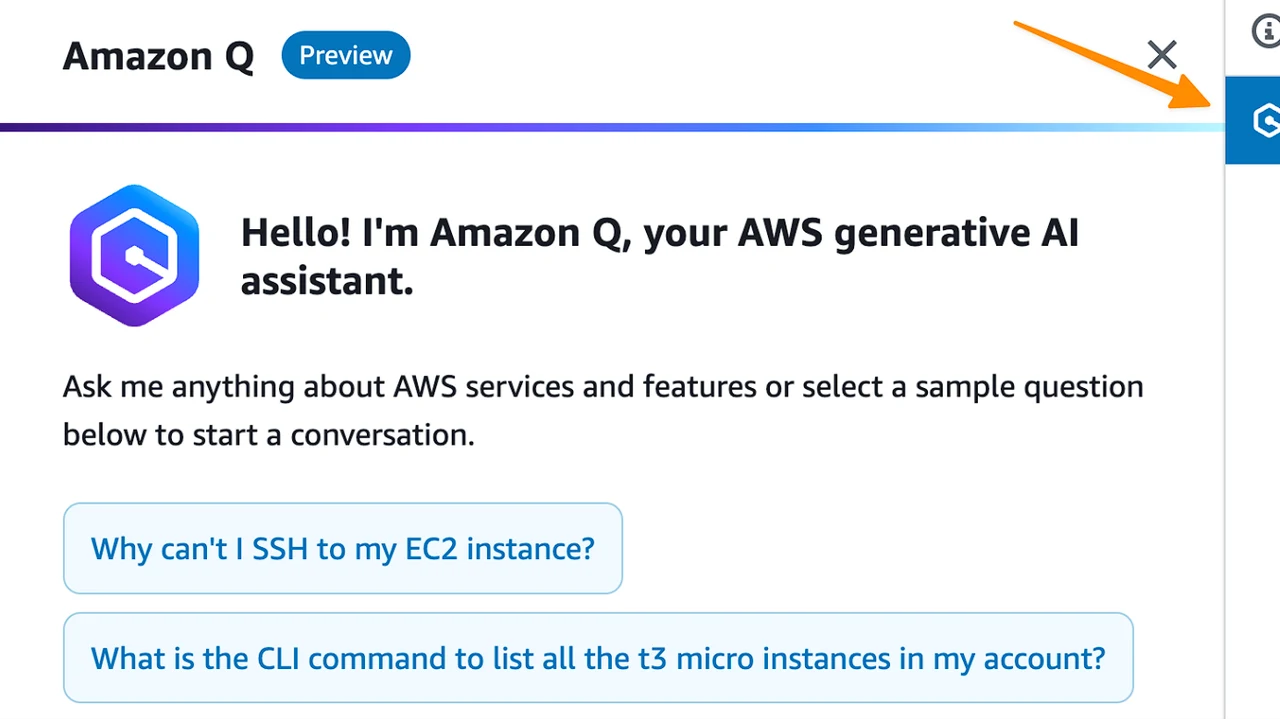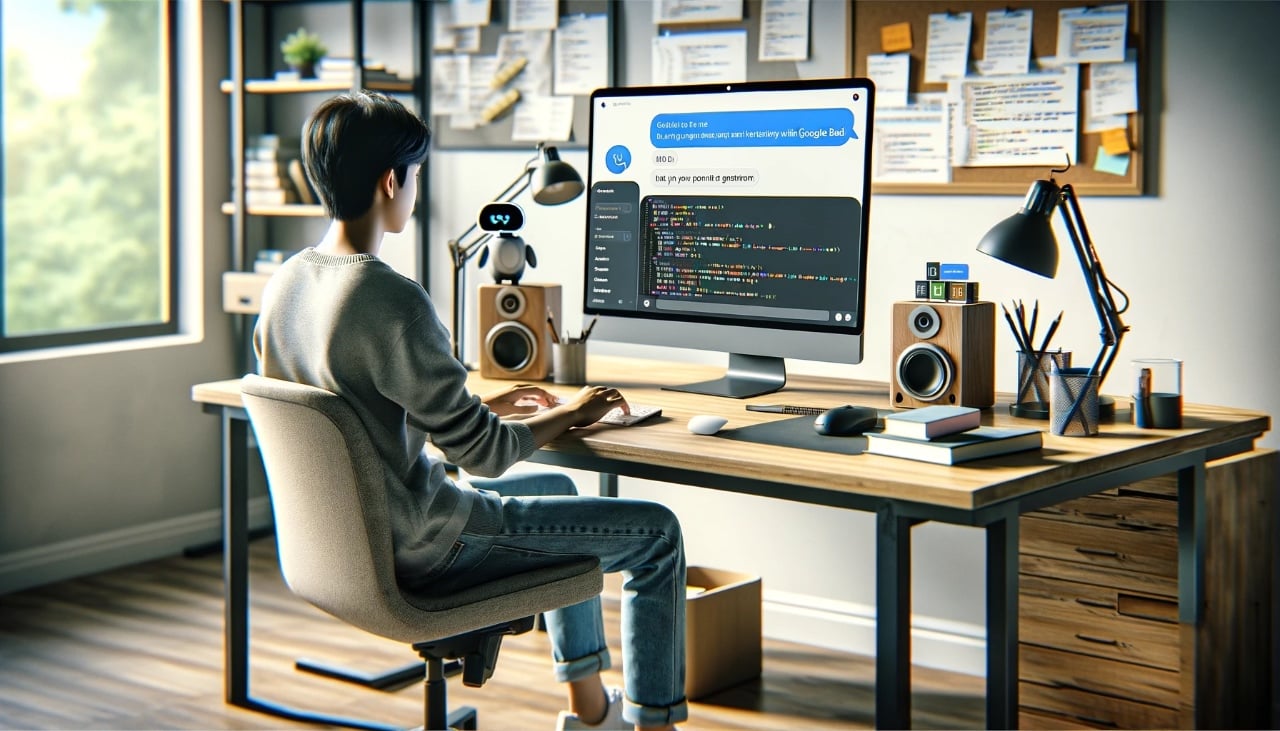
This guide is designed to show you how to build your own ChatGPT Chatbot with the ChatGPT API. Chatbots have evolved to become indispensable tools in a variety of sectors, including customer service, data gathering, and even as personal digital assistants. These automated conversational agents are no longer just simple text-based interfaces; they are increasingly sophisticated, thanks to the emergence of robust machine learning algorithms. Among these, ChatGPT by OpenAI stands out as a particularly powerful and versatile model, making the task of building a chatbot not just simpler but also far more effective than ever before.
For those who are keen on crafting their own chatbot, leveraging Python, OpenAI’s ChatGPT, Typer, and a host of other development tools, you’ve come to the perfect resource. This article aims to serve as an all-encompassing guide, meticulously walking you through each step of the process—from the initial setup of your development environment all the way to fine-tuning and optimizing your chatbot for peak performance.
Setting Up the Environment
Before you even start writing a single line of code, it’s absolutely essential to establish a development environment that is both conducive to your workflow and compatible with the tools you’ll be using. The tutorial video strongly advocates for the use of pyenv as a tool to manage multiple Python installations seamlessly. This is particularly useful if you have other Python projects running on different versions, as it allows you to switch between them effortlessly.
In addition to pyenv, the video also recommends using pyenv virtualenv for creating isolated virtual environments. Virtual environments are like self-contained boxes where you can install the Python packages and dependencies your project needs, without affecting the global Python environment on your machine. This is a best practice that ensures there are no conflicts between the packages used in different projects.
By taking the time to set up these tools, you’re not just making it easier to get your project off the ground; you’re also setting yourself up for easier debugging and less hassle in the future. Ensuring that you have the correct version of Python and all the necessary dependencies isolated within a virtual environment makes your project more manageable, scalable, and less prone to errors in the long run.
Initializing the Project
After you’ve successfully set up your development environment, the subsequent crucial step is to formally initialize your chatbot project. To do this, you’ll need to create an empty directory that will serve as the central repository for all the files, scripts, and resources related to your chatbot. This organizational step is more than just a formality; it’s a best practice that helps keep your project structured and manageable as it grows in complexity. Once this directory is in place, the next action item is to establish a virtual environment within it using pyenv virtualenv.
By doing so, you create an isolated space where you can install Python packages and dependencies that are exclusive to your chatbot project. This isolation is invaluable because it eliminates the risk of version conflicts or other compatibility issues with Python packages that might be installed globally or are being used in other projects. In summary, setting up a virtual environment within your project directory streamlines the management of dependencies, making the development process more efficient and less prone to errors.
Coding the Chatbot
Now comes the exciting part—coding your chatbot. The video explains how to import essential packages like Typer for command-line interactions and OpenAI for leveraging the ChatGPT model. The video also explains how to set up an API key and create an application object, which are crucial steps for interacting with OpenAI’s API.
Basic Functionality
With the foundational elements in place, you can start building the chatbot’s basic functionality. The tutorial employs Typer to facilitate command-line interactions, making it easy for users to interact with your chatbot. An infinite loop is introduced to continuously prompt the user for input and call the OpenAI chat completion model, thereby enabling real-time conversations.
Adding Memory to the Chatbot
One of the limitations of many basic chatbots is their inability to understand context. The tutorial addresses this by showing how to give your chatbot a “memory.” By maintaining a list of messages, your chatbot can better understand the context of a conversation, making interactions more coherent and engaging.
Parameter Customization
To make your chatbot more flexible and user-friendly, the video introduces parameter customization. Users can specify parameters like maximum tokens, temperature, and even the model to use. This allows for a more personalized chat experience, catering to different user needs and preferences.
Optimizations and Advanced Options
Finally, the video covers some nifty optimizations. For instance, it allows users to input their first question immediately upon running the command, streamlining the user experience. It also briefly mentions Warp API, a more polished version of the chatbot, which is free to use and offers advanced features.
Conclusion
Building a chatbot using Python, OpenAI, Typer, and other tools is a rewarding experience, offering a blend of coding, machine learning, and user experience design. By following this comprehensive tutorial, you’ll not only create a functional chatbot but also gain valuable insights into optimizing its performance and capabilities.
So why wait? Dive into the world of chatbots and create your own ChatGPT-powered assistant today! We hope that you find this guide on how to build your own ChatGPT Chatbot helpful and informative, if you have any comments, questions, or suggestions, leave a comment below and let us know.
Video Credit: warpdotdev
Filed Under: Guides, Technology News
Latest timeswonderful Deals
Disclosure: Some of our articles include affiliate links. If you buy something through one of these links, timeswonderful may earn an affiliate commission. Learn about our Disclosure Policy.









